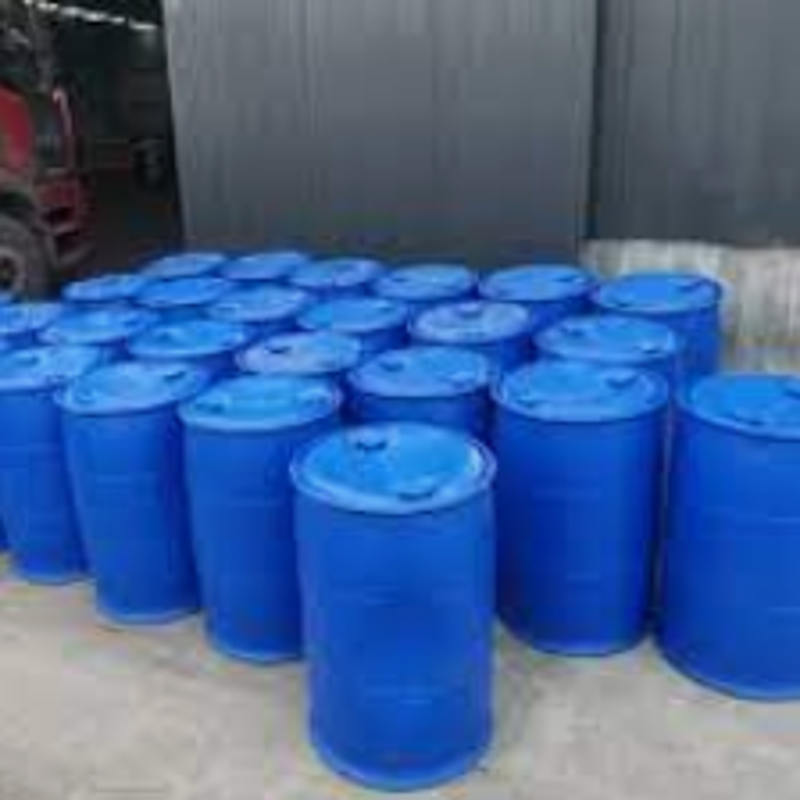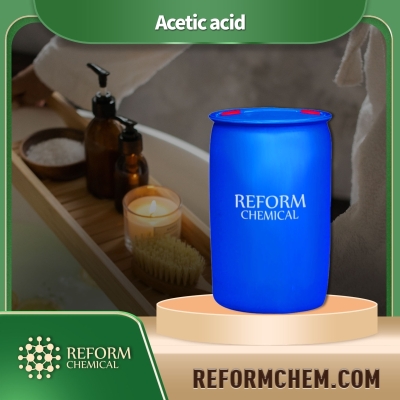-
Categories
-
Pharmaceutical Intermediates
-
Active Pharmaceutical Ingredients
-
Food Additives
- Industrial Coatings
- Agrochemicals
- Dyes and Pigments
- Surfactant
- Flavors and Fragrances
- Chemical Reagents
- Catalyst and Auxiliary
- Natural Products
- Inorganic Chemistry
-
Organic Chemistry
-
Biochemical Engineering
- Analytical Chemistry
-
Cosmetic Ingredient
- Water Treatment Chemical
-
Pharmaceutical Intermediates
Promotion
ECHEMI Mall
Wholesale
Weekly Price
Exhibition
News
-
Trade Service
*For medical professionals only
As the first vaccine to prevent cancer, the human papillomavirus (HPV) vaccine has attracted much attention
China's initial introduction is the import of HPV vaccine, the number is limited, vaccination not only needs to queue, lottery, but also often appears "a seedling is difficult to find" situation, and the price is also daunting
At the end of 2019, a domestic HPV vaccine was finally approved for marketing, which not only increased the supply of vaccines, but also made the price more economical
Just recently, a research team led by Professor Qiao Youlin of the Chinese Academy of Medical Sciences and Professor Xia Ningshao of Xiamen University published the results of the first domestic bivalent HPV vaccination for up to five and a half years in the journal Lancet Infectious Diseases [1
The results of the study showed that the protective efficacy of the vaccine against hpv16/18 infection-related precancerous lesions reached 100.
Screenshot of the first page of the article
Although cervical cancer is currently preventable and controllable, it is still the main tumor
In 2020, there were 110,000 new cases of cervical cancer and 59,000 deaths
HPV vaccine is the most effective primary prevention method for cervical cancer, and one of the goals of the global strategy set by the WHO to accelerate the elimination of cervical cancer is to achieve a global HPV vaccination rate of 90% of girls under 15 years of age by 2030; But in 2019, global coverage of the HPV vaccine reached only 15%
Since China is a populous country, adequate vaccine supply and the lowest possible vaccination cost are the basic guarantee for
achieving the vaccination rate of the target population.
As of December 2019, only imported HPV vaccines are available in China, which is not only limited in quantity, but also expensive
.
Fortunately, at the end of 2019, the first bivalent HPV vaccine produced by domestically produced new E.
coli was approved for marketing
.
The vaccine has the characteristics of low cost and high yield, which helps to improve the phenomenon of insufficient supply of HPV vaccine in
China.
A phase III clinical trial of the vaccine began in 2012 as a multicenter, randomized, double-blind, controlled trial
.
A total of 7372 healthy female volunteers aged 18-45 were enrolled in 5 centers across the country, and were randomly divided into 3689 experimental groups and 3683 control groups according to age groups; Subjects were given three doses of the vaccine at months 0, 1, and 6 months, respectively, the trial group was vaccinated against HPV, while the control group was vaccinated against hepatitis E (also produced by E.
coli
).
The primary endpoint events were high-grade precancerous lesions associated with HPV16/18 infection and persistent HPV16/18 infection (>6 months).
High-grade precancerous lesions mainly refer to cervical intraepithelial neoplasia grade 2 or more (CIN2+), vulvar intraepithelial neoplasia grade 2 or more (VIN2+), and vaginal intraepithelial neoplasia grade 2 or above (VaIN2+
).
Flowchart of phase III clinical trials of divalent HPV vaccine (E.
coli).
In this paper, the researchers reported the results of a complete data analysis after the end of the phase III clinical trial of the first domestic divalent HPV vaccine, including vaccine efficacy, immune persistence and safety at a 5.
5-year follow-up, and provided data
for different age groups.
Results showed that the vaccine protected 100.
0% (95% CI: 67.
2% to 100.
0%) against HPV16/18 infection-related precancerous lesion endpoints (CIN2+ and/or VIN2+ and/or VaIN2+) in a population of participants with good adherence to the protocol and basically completed vaccination and follow-up, i.
e.
, in the protocol-compliant (PPS) population; The protective efficacy was 100.
0% in the 18-26 years and 27-45 age groups (95% CI: 40.
6%-100.
0% and -7.
7%-100.
0%, respectively).
Protection against persistent HPV16/18 infection (>6 months) was 97.
3% (95% CI: 89.
9%-99.
7%); The protective efficacy in the 18-26 years and 27-45 age groups was 93.
9% (95% CI: 76.
3%-99.
3%) and 100.
0% (95% CI: 90.
6%-100.
0%)
, respectively.
Protective efficacy of divalent HPV vaccine against HPV16/18-related genital tract precancerous lesions and persistent infection
Protective efficacy of the bivalent HPV vaccine against HPV16/18-related precancerous lesions and persistent infections of the reproductive tract in different age groups
During the 5.
5-year follow-up period, the cumulative incidence of hprvix vaccine trials was significantly lower in either reproductive tract lesions or persistent infection as endpoint events
.
Cumulative incidence of precancerous lesions or persistent infections of the reproductive tract associated with HPV16/18
(PPS-E stands for lesion as the endpoint; PPS-PI stands for endpoint of persistent infection)
At the same time, the vaccine can effectively induce subjects to produce higher levels of HPV16 and HPV18 neutralizing antibodies and IgG antibodies for at least 5.
5 years, showing good immune persistence
.
Specific neutralizing antibody profile induced in subjects of different age groups after 3 doses of bivalent HPV vaccine
(The number above the histogram indicates the seroprevalence rate of follow-up at each time point; GMC, antibody geometrically average concentration)
Throughout the Phase III clinical trial, no serious adverse events associated with vaccination, no vaccination-related pregnancy outcomes and abnormalities in neonatal health occurred, showing good
vaccine safety.
Statistical table of adverse events
In addition, the bivalent HPV vaccine is also protective against secondary
endpoint events.
Specifically, the protection rate against the endpoints of HPV16/18-related low-grade genital tract lesions (CIN1+ and/or VIN1+ and/or VaIN1+) was 100.
0% (95% CI: 67.
2% to 100.
0%); The protection against persistent HPV16/18 infections older than 12 months is 96.
1% (95% CI: 85.
2% to 99.
5%)
.
The researchers note that although the incidence of HPV infection is highest in women under 25 years of age, a bimodal distribution of age-specific HPV prevalence has been observed in China and some other countries [3
].
Furthermore, the bivalent HPV vaccine in this study has good protective efficacy
in both women aged 18-26 and 27-45 years.
Therefore, in addition to the younger group, middle-aged women can also benefit from
HPV vaccination.
It is worth mentioning that other HPV vaccines that have been listed at present generally use eukaryotic expression systems, which are costly; The first divalent HPV vaccine in China adopts the prokaryotic expression system of E.
coli with independent intellectual property rights, with large yield and low
cost.
The resulting virus-like particles (VLPs) are similar to imported vaccines expressed using eukaryotic systems [4] and are also well immunogenic
.
Overall, the 5-and-a-half-year follow-up results confirmed that the first domestic bivalent HPV vaccine was effective and safe, and could be used to prevent HPV16/18-related precancerous lesions and persistent infections
in women aged 18-45 years.
At the end of the paper, the researchers also mentioned a good news, at present, China encourages qualified areas to carry out free HPV vaccination, and a number of pilot areas (including Hainan, Fujian, Guangdong Province, etc.
) have announced free HPV vaccination
for adolescent girls.
It is expected that in the near future, it will be possible to gradually roll out HPV vaccination
nationwide through different financial support measures.
However, it should be reminded that if there is a need for vaccination, it is still necessary to choose the most suitable vaccine for you
as soon as possible.
Early vaccination, early benefit!
Moreover, the HPV screening that should be done must be done regularly, vaccine + screening, two-pronged, joint prevention
.
Friends who have purchased courses,
Directly enter the mini program to listen to the addition of food Oh ~
References:
1.
Zhao FH, Wu T, Hu YM, et al.
Efficacy, safety, and immunogenicity of an Escherichia coli-produced Human Papillomavirus (16 and 18) L1 virus-like-particle vaccine: end-of-study analysis of a phase 3, double-blind, randomised, controlled trial[J].
Lancet Infect Dis, 2022, Aug 26:S1473-3099(22)00435-2.
2.
HUANG Liuye, ZHAO Xuelian, ZHAO Fanghui.
Trends in incidence and mortality of cervical cancer and progress in prevention strategies[J].
EJL Integrative Therapy, 2021, 7(2): 21-25
3.
Zhao FH, Lewkowitz AK, Hu SY, et al.
Prevalence of human papillomavirus and cervical intraepithelial neoplasia in China:a pooled analysis of 17 population-based studies[J].
Int J Cancer, 2012, 131(12): 2929–38
4.
Zhao Q, Potter CS, Carragher B, et al.
Characterization of virus-like particles in GARDASIL (R) by cryo transmission electron microscopy[J].
Hum Vaccin Immunother, 2014, 10(3): 734–39.
Responsible editor IoTalker







